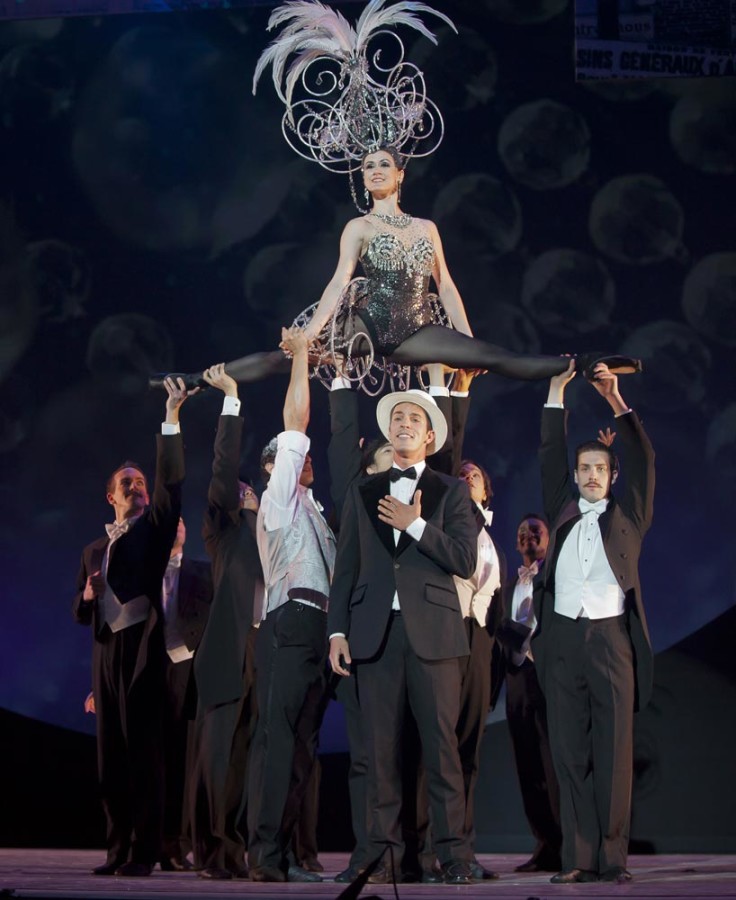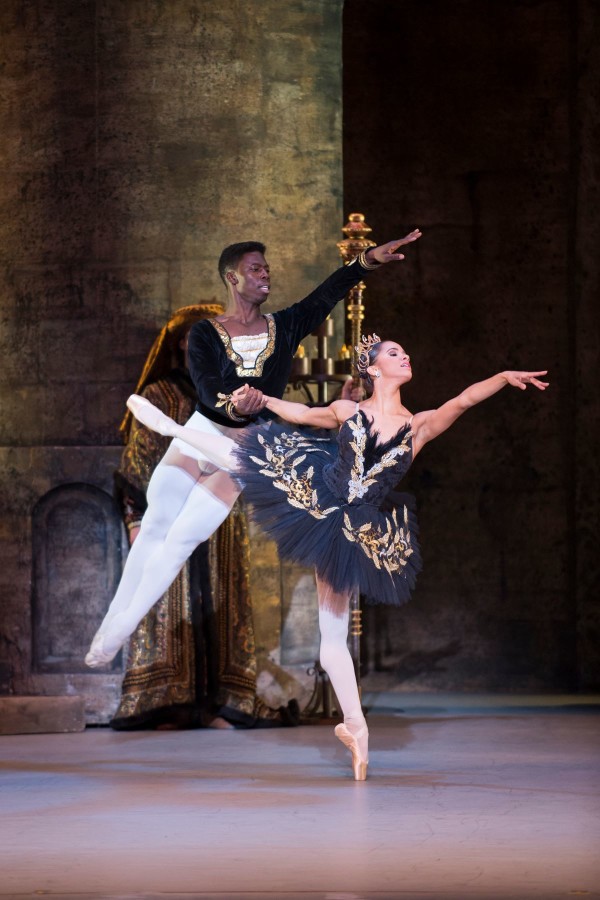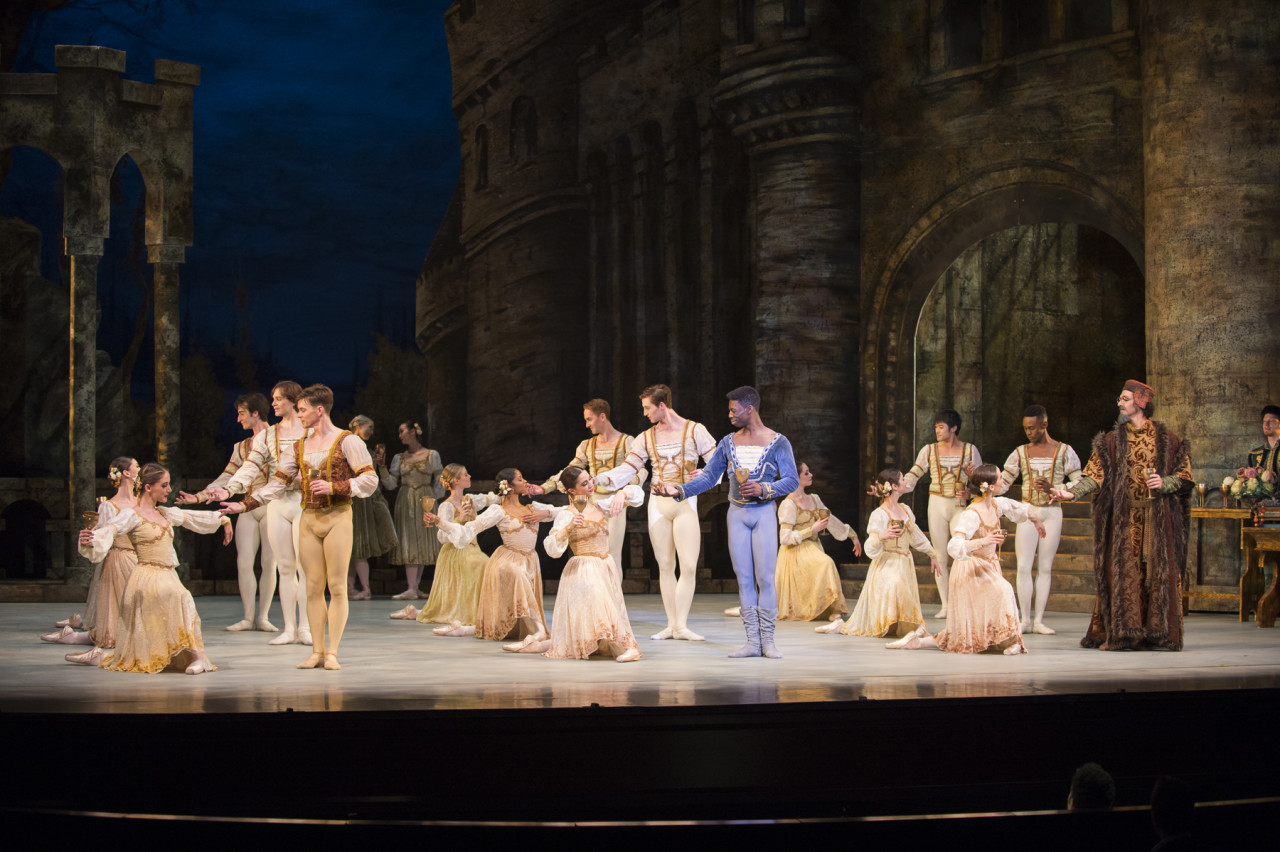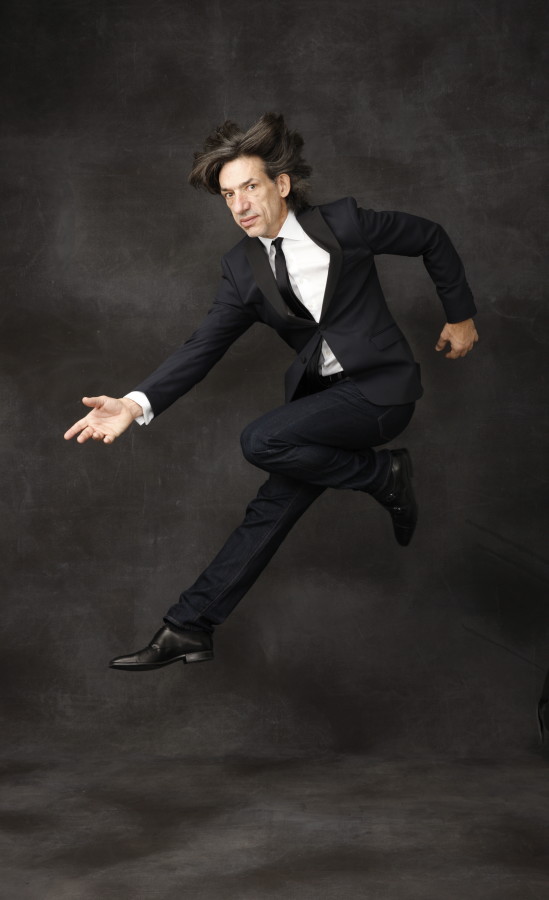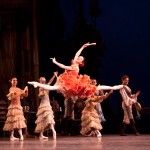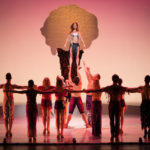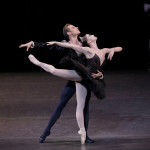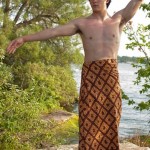Leigh Donlan interviews Septime Webre, departing artistic director of the Washington Ballet:
“At the moment, I’m thrilled to just be an artist,” Webre tells me over the phone from the nation’s capital.
In his 17 year tenure as artistic director of the Washington Ballet, Webre has shepherded the company through multiple changes in business leadership, one epic dancer strike; he has grown the school from 340 to 1,200 students; he has grown revenues and public and private contributions from $2.8 million to $12 million. He leaves the company in solid financial shape, but above all he leaves it with an exalted sense of mission, in position to command national and international acclaim.
Webre is a dynamic man with an infectious enthusiasm, an acumen for strategic thinking and a genuine love for his city, which has endeared him to the entire metropolitan region. In 2005, he established a residential dance program at THEARC in southeast DC, implementing the DanceDC and EXCEL outreach programs. He carved out a creative niche at The Kennedy Center, presenting new and contemporary works amidst the institution’s usual rotation of classical repertoire from the major international companies like Mariinsky Ballet, the Bolshoi and The Royal Ballet.
And the expansion of repertoire he brought to the company – works by Twyla Tharp, Paul Taylor, Mark Morris, Jiři Kylián, Nacho Duato and Trey McIntyre – have boosted the company’s reputation.
Webre launched the American Experience project, a series of full-length ballets he choreographed based on great American literature like Hemingway’s The Sun Also Rises, Fitzgerald’s The Great Gatsby and Irving’s The Legend of Sleepy Hollow. The impetus for the move was the dearth of ballets that accurately reflect this uniquely American heritage, and the desire to present it through contemporary narrative movement as opposed to the more abstract, modernist Balanchine style that many people associate American ballet with. Webre’s distinctive movement is a fusion of great lyricism and athleticism with a classical finesse that has been described as “graceful and gritty,” “traditional yet unbound” and “supremely energetic … with a ‘can do’ philosophy of dance.”
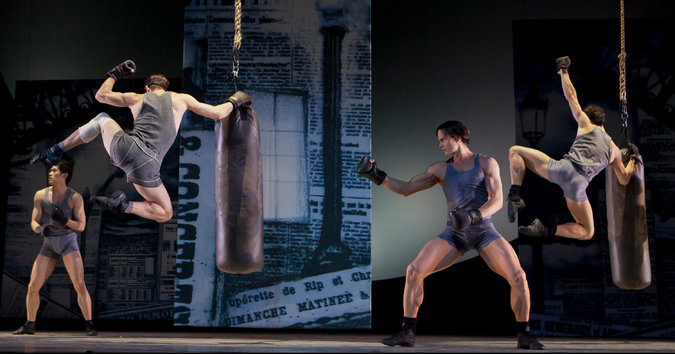
Washington Ballet’s Chong Sun, Corey Landolt, Tamas Krizsa and Daniel Roberge in Septime Webre’s The Sun Also Rises (Photo: Brianne Bland)
The son of a Cuban mother and American father, Webre’s family fled Havana during the revolution. He is the seventh of eight siblings, the first born in America. He often integrates his heritage into his work, most recently staging a reinvention of Bizet’s Carmen titled Carmen in Havana at THEARC.
In 2000, he made international history by bringing the company to Cuba to perform at Ballet Nacional de Cuba’s 17th International Festival – the first American ballet troupe granted admission into Cuba since the 1960s trade embargo.
Another historic moment came with the company’s first full-length production of Swan Lake, in an impeccable staging by Kirk Peterson, featuring two performances by guest star Misty Copeland, partnered by Washington Ballet’s Brooklyn Mack. This rare African American pairing in such an iconic work made for a much overdue lifting of the racial veil for the entire ballet world.
Having dedicated himself to these monumental efforts, it is no wonder that Webre has found himself with less and less time to create. “Artistic directing distanced me from the art form. I’ll now have time to focus on creative projects and pursue a variety of artistic endeavors.” No resentment resides in his June departure, however. This was a well-marinated decision discussed with a supportive board.
I ask how institutions can minimize the turnover of artistic leadership, which seems more and more common in arts organizations of any size these days. Septime maintains:
There is no one solution for keeping artistic directors – or any arts leaders for that matter – creative within an institution setting … because there is no one kind of artistic director. Furthermore, there are different types of creativity – there is the kind of creativity which largely lives in the studio and on stage – as a teacher, coach, choreographer, curator of repertoire, mentor of artists, etc. But there is also the creativity of being the artistic leader of an institution. This takes nimble thinking, programmatic creativity, figuring out how the work is going to connect best with audiences, entrepreneurship, and the like. An artistic director needs to ensure there is space to refuel so that the creative juices – both in the studio, and in the office, board room, community – are maintained.
So what inspires him?
I’m inspired by the world around me – books, music, contemporary visual art (a particular favorite of mine), my yoga practice … seeing other great dance, dancers and their particular special qualities, the list goes on. Over the last 7 to 8 years, I have been focused primarily on creating full-length ballets based on great works of literature, and as such, capturing character, emotional atmosphere and narrative have been an important focus of the work. But inspiration can be found anywhere and everywhere. One just has to be open to it.
Advice for aspiring choreographers?
They need to grab fellow dancers and go into the studio and work. Experiment and play around. And do this a lot. That is how an individualized choreographic voice will emerge. One can’t wait for a commission. Those come along too infrequently. One just needs to get into the studio and work.
His thoughts on the future of ballet?
Relevance: as long as ballet can remain relevant in the contemporary world, it has a future. Directors need to ensure high quality productions that reflect the world people live in.
So how can ballet stay relevant?
Through diversity: there has to be an audience connection to the work. Companies must diversify. Washington Ballet reflects the complexion of its city and is one of the most diverse companies in the country, 40 percent Asian, Latino and African-American. Diversification connects company to audience and will help companies survive.
And for a company which achieves this inclusive, global perspective, quality is critical. To remain relevant, when dancing neo-classical work it has to be danced beautifully. Ballet companies need exquisite technique.
The broad range of repertoire now available to WB dancers has resulted in highly versatile artists, many of whom have been with Septime for over a decade. This has contributed to a more stable environment than at many other regional companies.
Come June, Webre will be refueling with a variety of activities. “I’ve developed a serious Ashtanga Yoga practice and I look forward to time to do that.”
And there will be theater. “It was theater that led me to ballet,” he says. Since his youth, he has loved both theater and opera, and as a child would stage productions on his siblings in the family’s living room.
Having choreographed numerous works for metropolitan area theaters like the Arena and Imagination stages, and co-directed three operas for DC’s In Series, he plans to develop more projects in this sphere. There are commissions lined up in Hawaii, Australia, San Jose, Austin, and Milwaukee, and he’ll continue to restage his own works, including the much celebrated Nutcracker. And though he’s picked up an apartment in New York City’s East Village, DC will remain his home base.
Surely we will be seeing more of Webre in the near future. As for his immediate plans come June? “There are few pleasures I like more than drinking an ice cold Mexican beer on a beautiful beach. I plan on doing that.”


